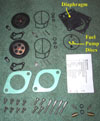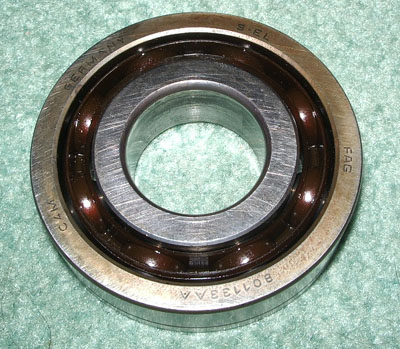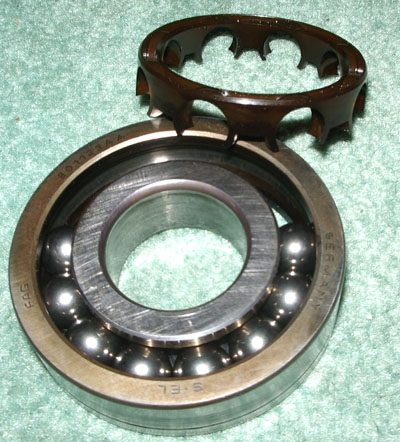|
|
|
Parts Inventories from overstocked or closing Sea Doo shops. If you have parts or know of a Sea Doo dealer in your area that is closing, contact me at OSDparts.com with the details.
ALSO WANTED |
|
|
|
OSDparts Items
 Complete Carb Rebuild Kits For Sea Doo Hard to read?  Check out this Gauge repair kit! 1995-up Sea Doo?  NEW Button Kit Is now available!  Fits Most 2 Stroke Carb Sea Doos 1995-1997 Sportster MPEM Conversion 1995 Speedster MPEM Conversion 1996 Speedster MPEM Conversion 1997 Speedster MPEM Conversion 1997 Challenger MPEM Conversion
Complete Pump Housing Kits! |
|
New Parts (OSD)
Accessories & More
|
|
Technical Info
787/947 CB Reservoir Oil
|
|
Sea Doo Tips
electrical system damage NEVER jump start your ski with a running vehicle!!
Change your pump oil
Battery dying in your Trim
Every time you have
Save money and time
|
| The area above is always changing so check back often as links are added. |
Sea Doo Oil vs. Most Other OilsThis article mainly pertains to the 2 stroke Rotax models. As most know, BRP recommends you use only Sea Doo oil in your craft. I've heard of others using various aftermarket oils with success but I only recommend using Sea Doo oil. Not because I get a cut off every gallon or anything, but mainly because of what I've observed over many years servicing Sea Doo watercraft leads me to that opinion. Some other various brands of oils have the same technical specs as Sea Doo, but their long term effects on rubber and plastic components in a Sea Doo aren't as well known. Sea Doo mineral and synthetic oils are engineered to work with Sea Doo engines and their components where others may not. I've seen many crank seal and bearing failures that I have determined were the result of aftermarket inferior oils. Since the rotary reservoir is full of oil, an inferior oil can sometimes deteriorate the inner crank seals resulting in oil in the crankcase. The only fix then is a crank rebuild. Also, oem bearings are made of some of the best steel, but the ball bearings are only retained by a plastic cage (see pics below) and can easily fail once the plastic has been compromised. Finally, I've often run across Sea Doo skis and boats that had other than BRP oils in them and noticed occasionally the hoses become brittle and can actually crack/break in your hand with slight pressure! Therefore, the only conclusion I can make is you're safer in the long run sticking with Sea Doo brand oils. Finally, if you're changing brands of oil in an injected 2 stroke, make sure you clean all the old oil out of the entire system. If you don't totally clean the system, two different types can mix and cause internal engine damage. The best way to switch is to pull the oil tank and clean with a solvent then dry. Replace the oil filter and any other hoses you see that may need it. Remove the large rotary reservoir hoses from the oil tank and place the one that goes to the low side of the block into a pop bottle or similar container. Then you can blow air into the other reservoir hose so you can get most of the oil out of there. Once everything is reassembled, fill with new oil and bleed the oil system per the service manual.
|


